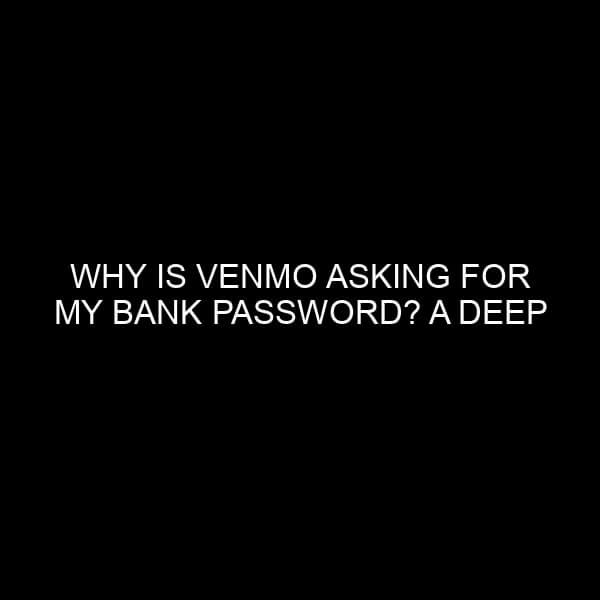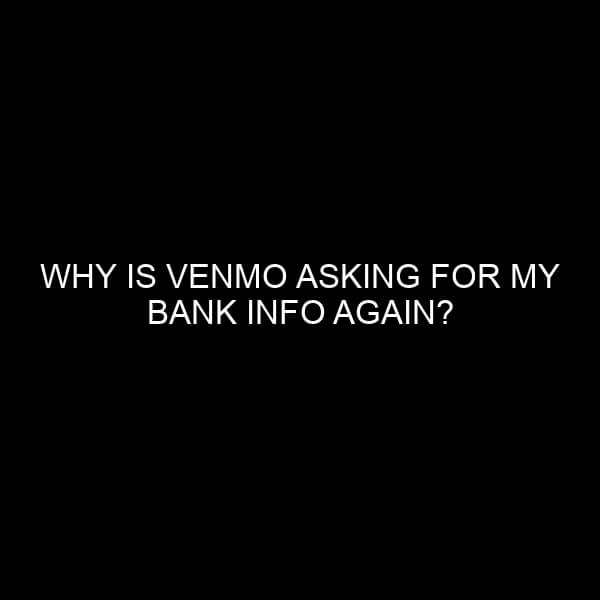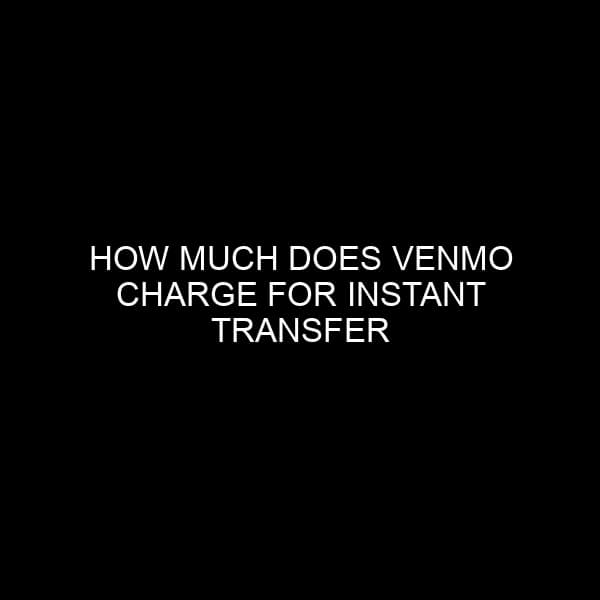How Much Can You Send on Venmo? A Comprehensive Guide
Venmo, a widely acclaimed mobile payment service, has gained monumental traction in recent years. From splitting a dinner bill with friends to paying monthly rent, Venmo offers a user-friendly platform to execute quick and hassle-free transactions. While most are familiar with the basic functionality of the platform, many users and potential users often grapple with a common query: “How much can I send on Venmo?”
Being someone with a background in the financial market and the banking industry, I understand the importance of such a question, especially in a world where transaction limits can impact personal and business dealings. This article dives deep into Venmo’s transaction limits, the influencing factors, and offers insights on how to best utilize this payment platform.
Venmo Transaction Limits: The Basics
As of my last update in September 2021, here’s a breakdown of Venmo’s transaction limits:
- Unverified Accounts: Users who haven’t completed an identity verification process have a limit of $299.99 per week for payments and purchases.
- Verified Accounts: Once users verify their identity, they are entitled to send up to $4,999.99 per week on Venmo for person-to-person payments. An additional $6,999.99 per week is allowed for authorized merchant purchases and Venmo card transactions.
It’s paramount to mention that these numbers can evolve. Venmo, like other financial entities, periodically reviews its transactional limits to ensure compliance with various regulations and to accommodate its growing user base.
Factors Influencing Venmo’s Limits
Several dynamics play a role in determining these limits:
- Regulatory Standards: Institutions like the Financial Crimes Enforcement Network (FinCEN) set guidelines on transactional amounts to monitor and regulate potential money laundering activities.
- Fraud Prevention: By setting limits, Venmo can mitigate risks associated with fraudulent transactions.
- Operational Capabilities: As the platform scales, it has to balance its operational capabilities with the transactional demands of its users.
The Verification Process: Why It Matters
It’s evident that verified users enjoy a more flexible transaction limit on Venmo. But what does this verification entail?
- Personal Information: You’ll be prompted to provide your legal name, date of birth, and Social Security Number.
- Address Details: Current address information to ensure the legitimacy of the account holder.
- Occasional Additional Documentation: In some cases, Venmo might request further documentation for added security.
This process not only increases your transaction limit but also fortifies the safety of your account.
Sending Money: Step-by-step
- Link Your Bank Account or Card: Before initiating any transaction, ensure you’ve linked a valid bank account or card.
- Choose a Recipient: Input the recipient’s Venmo username, phone number, or email.
- Enter Amount: Ensure that the amount is within the permissible limits of your account status.
- Add a Note: Although optional, it’s a Venmo culture to add a fun note or emoji describing the transaction.
- Send: Once satisfied, tap ‘Send’ and the recipient will be notified instantly.
Understanding Venmo’s Fee Structure
While sending money to friends and family is free of charge, there are other scenarios where fees are applicable:
- Instant Transfers: If you wish to transfer money from your Venmo balance to your bank instantly, there’s a 1% fee (min $0.25, max $10).
- Credit Card Usage: Funding payments using a credit card incurs a 3% fee.
Enhancing Your Venmo Experience
- Stay Updated: Venmo’s policies and limits may evolve. Periodically visit Venmo’s official documentation or their FAQ section.
- Security: Always ensure you’re transacting with known entities. Avoid public Wi-Fi when accessing your Venmo account and enable multifactor authentication.
- Monitor Your Transactions: Keep an eye on your weekly limits and plan your transactions accordingly. If you’re nearing your limit, consider alternative payment methods.
Conclusion
Venmo provides a seamless blend of social interaction and financial transactions. While its user-friendly design is commendable, understanding its transaction limits and functionalities can significantly elevate your experience. Remember, in the rapidly evolving world of digital finance, staying informed and vigilant is key.






